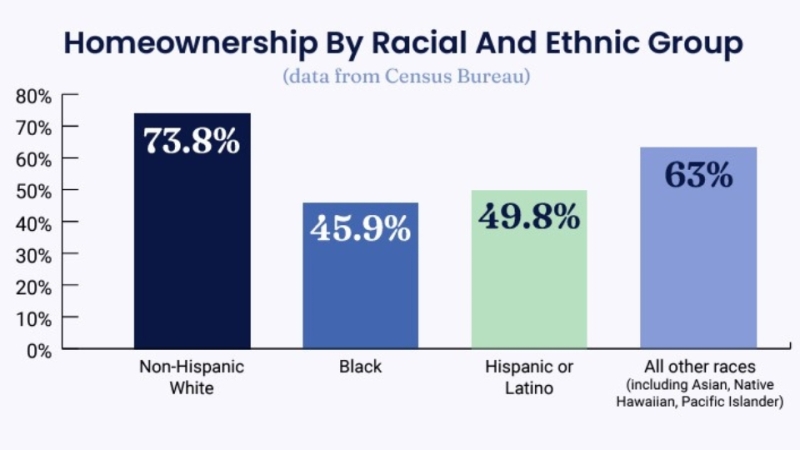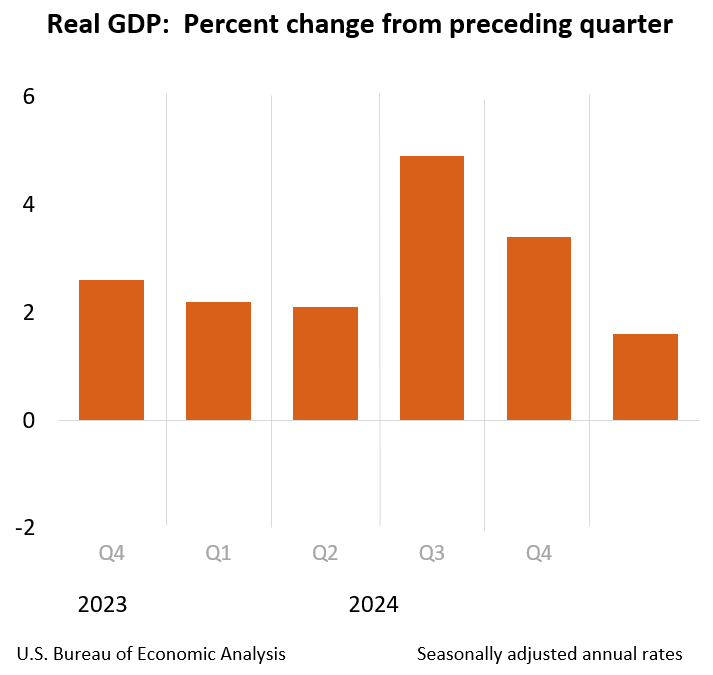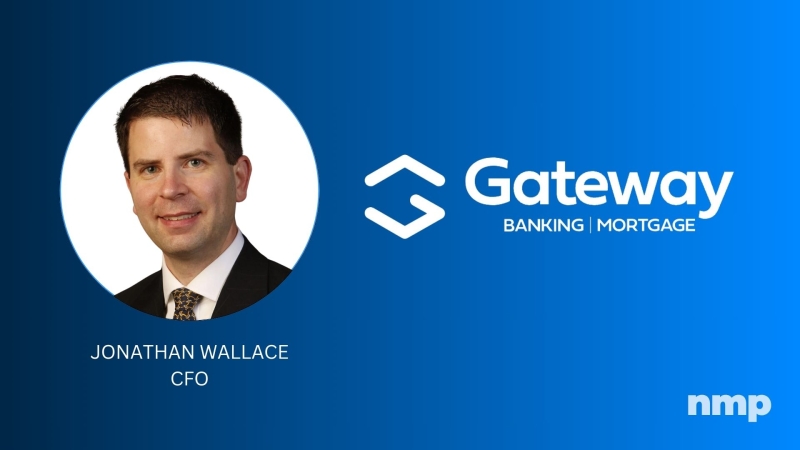Advertisement
Centurymark Home Loans announces affiliated branch opportunity
NLIHC study: Renters comprise 45 percent of households whose homes are in foreclosure in four New England states MortgagePress.comNLIHC, foreclosures, New England, Properties, Units, and Tenure in the Foreclosure Crisis: An Initial Analysis of Properties at the End of the Foreclosure Process in New England
A report released today by the National Low Income Housing
Coalition (NLIHC) provides evidence that the mortgage foreclosure
crisis extends well beyond homeowners in single-family homes. The
percentage of renters whose homes are threatened by foreclosure is
estimated to be 45 percent of the total homes in foreclosure in
four New England states. These findings are in the NLIHC's report
entitled "Properties, Units, and Tenure in the Foreclosure Crisis:
An Initial Analysis of Properties at the End of the Foreclosure
Process in New England."
Between January 1, 2007 and March 31, 2008, a total of 14,993
residential properties in Massachusetts, Connecticut, Rhode Island
and New Hampshire were either already owned by the lender or were
headed for foreclosure auction. Of these, 32% were multi-unit (two
units or more) properties. Thus, of the 23, 440 separate housing
units that were in advanced stages of foreclosure, 56 percent
(13,183) were in multiunit properties. The available data do not
indicate whether a unit was owner or renter-occupied. However, even
making the conservative assumptions that 1) all of the single
family homes in this study were occupied by homeowners (although 15
percent of all single-family homes nationwide are occupied by
renters) and 2) all the owners of multiunit properties lived on
site in one of the units (again unlikely), NLIHC estimates that at
least 45% of the housing units in the final stages of foreclosure
in these four states were renter-occupied.
Moreover, if current trends are any indication, the crisis is
getting appreciably worse. From the first quarter of 2007 through
the first quarter of 2008, foreclosures in these four states
increased by 432%, a 359% increase in single-family home
foreclosure and a 507% in multi-family home foreclosures. "Renters
are completely innocent parties in the mortgage foreclosure crisis.
Lease-abiding renters are losing their homes just as fast, if not
faster, than homeowners who have defaulted on their mortgages. But
the interests of renters are getting lost in the policy debate in
Washington, while the interests of lenders, investors, home
builders, and homeowners are commanding Congressional attention,"
said Sheila Crowley, president of the National Low Income Housing
Coalition. "Foreclosure usually means eviction for renters. Because
renters as a group have lower incomes than homeowners and because
most renters who are evicted due to foreclosure never get their
security deposits back, they face a period of housing instability
at the very least and many are at risk of homelessness."
The National Low Income Housing Coalition and several other
national faith-based, homeless, and low income housing advocacy
organizations call on Congress to pass legislation to:
Protect all renters in all foreclosed properties: For every
foreclosure, where the current occupant is a renter, the entity
that takes ownership of the property must honor the lease of the
current leaseholder and provide at least 90 days notice prior to
terminating the tenancy.
• Provide special protections for Section 8 voucher
holders: The federal government has a special interest in
protecting voucher tenancies. The United States Housing Act of 1937
should be amended to provide that section 8 tenancies survive
foreclosure, allowing the tenant to remain in the property for the
duration of the lease with continued housing assistance
payments.
• State laws that provide greater protection should not be
preempted. A few states have enacted special protections for
tenants in foreclosure.
• Provide one-time emergency funding of $300 million to
the Emergency Food and Shelter Program to prevent families facing
foreclosure from becoming homeless. This direct financial
assistance would be used solely for housing-related assistance
needed to prevent homelessness in connection with foreclosure. This
assistance will include relocation expenses, security and utility
deposits, mortgage payments, rent payments, utility payments, and
other foreclosure or eviction prevention expenses.
To read the full report, click
here.
For more information, visit www.nlihc.org.
About the author





